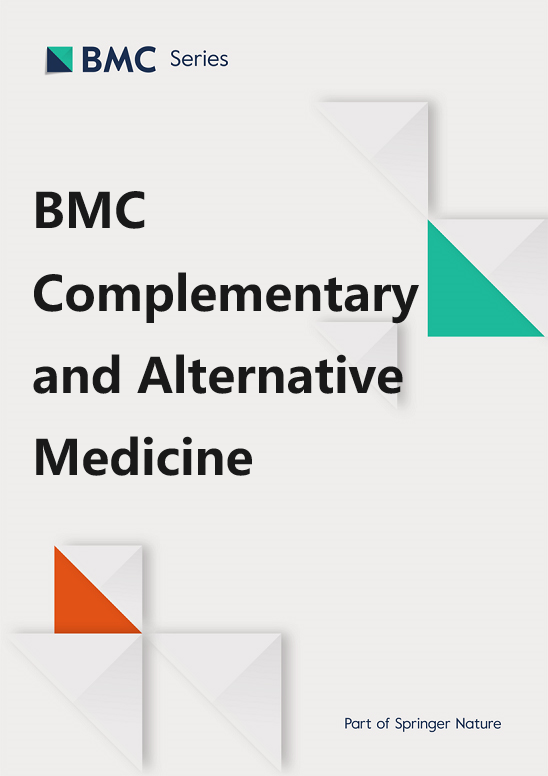Mechanistic prediction and validation of Brevilin A Therapeutic effects in Lung Cancer
IF 3.4
2区 医学
Q1 Medicine
引用次数: 0
Abstract
Traditional Chinese medicine (TCM) has been found widespread application in neoplasm treatment, yielding promising therapeutic candidates. Previous studies have revealed the anti-cancer properties of Brevilin A, a naturally occurring sesquiterpene lactone derived from Centipeda minima (L.) A.Br. (C. minima), a TCM herb, specifically against lung cancer. However, the underlying mechanisms of its effects remain elusive. This study employs network pharmacology and experimental analyses to unravel the molecular mechanisms of Brevilin A in lung cancer. The Batman-TCM, Swiss Target Prediction, Pharmmapper, SuperPred, and BindingDB databases were screened to identify Brevilin A targets. Lung cancer-related targets were sourced from GEO, Genecards, OMIM, TTD, and Drugbank databases. Utilizing Cytoscape software, a protein-protein interaction (PPI) network was established. Gene Ontology (GO), Kyoto Encyclopedia of Genes and Genomes (KEGG), Gene set enrichment analysis (GSEA), and gene-pathway correlation analysis were conducted using R software. To validate network pharmacology results, molecular docking, molecular dynamics simulations, and in vitro experiments were performed. We identified 599 Brevilin A-associated targets and 3864 lung cancer-related targets, with 155 overlapping genes considered as candidate targets for Brevilin A against lung cancer. The PPI network highlighted STAT3, TNF, HIF1A, PTEN, ESR1, and MTOR as potential therapeutic targets. GO and KEGG analyses revealed 2893 enriched GO terms and 157 enriched KEGG pathways, including the PI3K-Akt signaling pathway, FoxO signaling pathway, and HIF-1 signaling pathway. GSEA demonstrated a close association between hub genes and lung cancer. Gene-pathway correlation analysis indicated significant associations between hub genes and the cellular response to hypoxia pathway. Molecular docking and dynamics simulations confirmed Brevilin A’s interaction with PTEN and HIF1A, respectively. In vitro experiments demonstrated Brevilin A-induced dose- and time-dependent cell death in A549 cells. Notably, Brevilin A treatment significantly reduced HIF-1α mRNA expression while increasing PTEN mRNA levels. This study demonstrates that Brevilin A exerts anti-cancer effects in treating lung cancer through a multi-target and multi-pathway manner, with the HIF pathway potentially being involved. These results lay a theoretical foundation for the prospective clinical application of Brevilin A.Brevilin A 对肺癌治疗效果的机制预测与验证
传统中医药在肿瘤治疗中得到了广泛应用,并产生了前景广阔的候选疗法。先前的研究揭示了从中草药蜈蚣(Centipeda minima (L.) A.Br.)(C. minima)中提取的天然倍半萜内酯 Brevilin A 的抗癌特性,尤其是对肺癌的抗癌特性。然而,其作用的潜在机制仍然难以捉摸。本研究采用网络药理学和实验分析方法来揭示百脉通 A 在肺癌中的分子机制。研究人员筛选了 Batman-TCM、Swiss Target Prediction、Pharmmapper、SuperPred 和 BindingDB 数据库,以确定 Brevilin A 靶点。肺癌相关靶点来自 GEO、Genecards、OMIM、TTD 和 Drugbank 数据库。利用 Cytoscape 软件建立了蛋白质-蛋白质相互作用(PPI)网络。利用 R 软件进行了基因本体(GO)、京都基因和基因组百科全书(KEGG)、基因组富集分析(GSEA)和基因通路相关性分析。为了验证网络药理学结果,我们进行了分子对接、分子动力学模拟和体外实验。我们发现了599个Brevilin A相关靶点和3864个肺癌相关靶点,其中155个重叠基因被认为是Brevilin A抗肺癌的候选靶点。PPI网络强调STAT3、TNF、HIF1A、PTEN、ESR1和MTOR是潜在的治疗靶点。GO和KEGG分析显示了2893个富集的GO术语和157个富集的KEGG通路,包括PI3K-Akt信号通路、FoxO信号通路和HIF-1信号通路。GSEA显示了枢纽基因与肺癌之间的密切联系。基因通路相关性分析表明,中心基因与细胞对缺氧的反应通路之间存在显著关联。分子对接和动力学模拟分别证实了 Brevilin A 与 PTEN 和 HIF1A 的相互作用。体外实验证明,Brevilin A 可诱导 A549 细胞发生剂量和时间依赖性细胞死亡。值得注意的是,Brevilin A 处理可显著降低 HIF-1α mRNA 表达,同时提高 PTEN mRNA 水平。这项研究表明,Brevilin A 通过多靶点、多途径的方式发挥治疗肺癌的抗癌作用,HIF 途径可能参与其中。这些结果为 Brevilin A 的临床应用前景奠定了理论基础。
本文章由计算机程序翻译,如有差异,请以英文原文为准。
求助全文
约1分钟内获得全文
求助全文
来源期刊

BMC Complementary and Alternative Medicine
INTEGRATIVE & COMPLEMENTARY MEDICINE-
CiteScore
7.00
自引率
0.00%
发文量
0
审稿时长
3 months
期刊介绍:
BMC Complementary Medicine and Therapies is an open access journal publishing original peer-reviewed research articles on interventions and resources that complement or replace conventional therapies, with a specific emphasis on research that explores the biological mechanisms of action, as well as their efficacy, safety, costs, patterns of use and/or implementation.
 求助内容:
求助内容: 应助结果提醒方式:
应助结果提醒方式:


